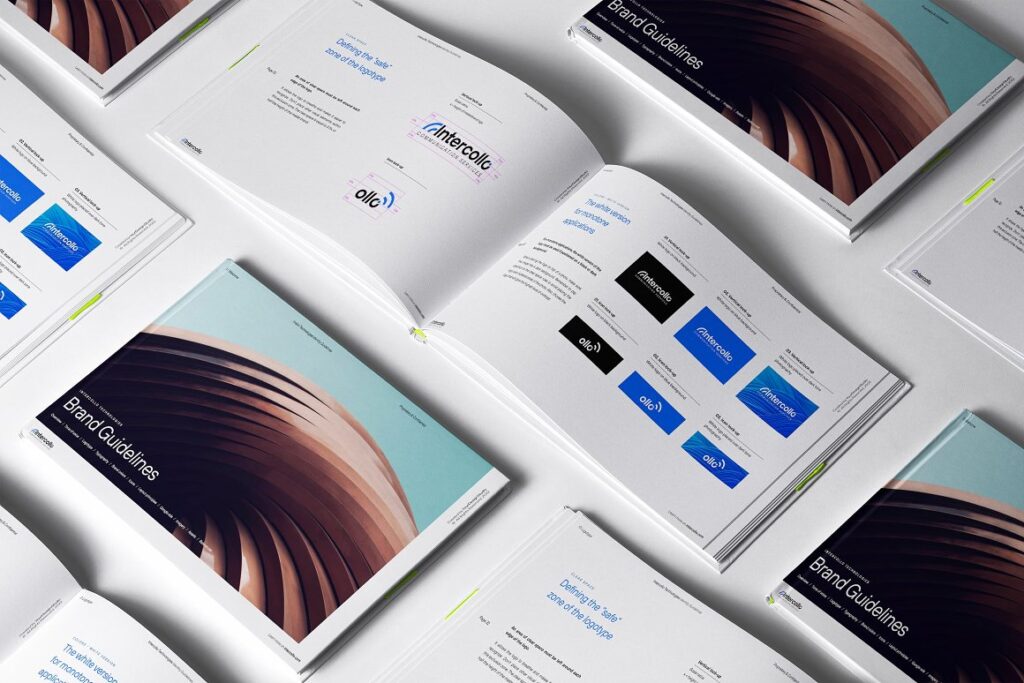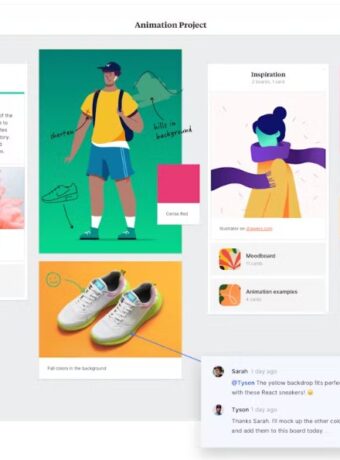Checklist: Visual Brand Consistency
Visual brand consistency communicates a lot about a business.

A consistent look across a website, social media, email, and presentations builds recognition and trust.
Visual consistency isn’t just about looking polished. It helps attract the right audience, makes marketing more efficient, and reinforces a clear brand identity.
To build a strong and consistent brand, use this checklist to keep visuals aligned at every level.
1. Start with a Brand Foundation
Strong visuals start with a clear brand identity.
Without this foundation, design choices feel random or disconnected.
Brand values
List the top three values that drive the business. These guide both the tone and the visual direction.
Brand personality
Choose three to five words that describe the desired brand tone and energy.
This helps shape the voice and visual mood.
Target audience
Define the ideal client.
Then build visual elements that appeal to that person, not to everyone.
2. Set a Clear Visual Style
With a solid foundation in place, create a visual language that remains consistent across all platforms.
Color palette
Use a limited palette of five to six brand colors. Apply them consistently in every design, including websites, social posts, and print materials.
Fonts and typography
Choose one font for headings and one for body text. Add a third only for specific highlights. Set clear rules for font size, weight, and spacing.
Logo and submarks
Use the same version of the logo in the same position each time.
Prepare versions for both light and dark backgrounds. Avoid stretching, restyling, or altering the logo.
Photo style
Select one photo style, such as light and airy, moody and earthy, or crisp and bold. Stick with it.
Avoid generic or off-brand stock images.
Graphics and layout
Create layout templates for social media, PDFs, and email graphics.
Use consistent spacing, alignment, and graphic elements.
3. Align All Digital Channels
Visual consistency should extend across every digital space.
Website
The website should reflect the brand colors, fonts, and image style. Use the same logo, layout, and tone of voice on every page. Check that everything looks consistent on both desktop and mobile.
Social media
Keep profile images, highlight icons, and post templates on brand. Maintain a consistent voice in captions and comments. Avoid following trends that don’t fit the brand identity.
Email marketing
Match the email template colors, header, and signature with the rest of the brand. Stick with one layout to stay recognizable.
Online documents
Apply the same design rules to all documents like slide decks, proposals, lead magnets, and invoices.
Everything should look like it came from the same source.
4. Create a Brand Style Guide
A style guide keeps all design decisions in one place.
It helps teams, freelancers, and partners stay aligned without guesswork.
A good style guide includes:
- Brand values and tone
- Color codes (HEX, RGB, CMYK)
- Font names, sizes, and usage rules
- Logo files and usage instructions
- Sample images and do/don’t examples
- Layout templates and formatting rules
5. Run Regular Brand Checkups
Check your visual brand every quarter. Review your website, recent social posts, email campaigns, and digital assets. Ask one simple question:
Does everything still reflect the brand?
If anything feels off, adjust it.
That could mean replacing images, reworking layouts, or updating old templates.
Small fixes keep the brand sharp and professional.
6. Build Recognition Through Repetition
Consistency builds recognition, trust, and authority.
When clients see the same visuals and tone over time, they start to associate them with reliability and value.
Use this checklist before launching a new offer, posting online, or updating your site. Consistent visuals make every interaction feel intentional and aligned.
A strong visual brand doesn’t require perfection.
It requires clarity, repetition, and attention to detail.
Learn more about visual branding
What is Visual Branding and How It Can Help Your Business
Practical Visual Branding Workshops
Last Updated on 31/05/2025 by Victoria Silber






